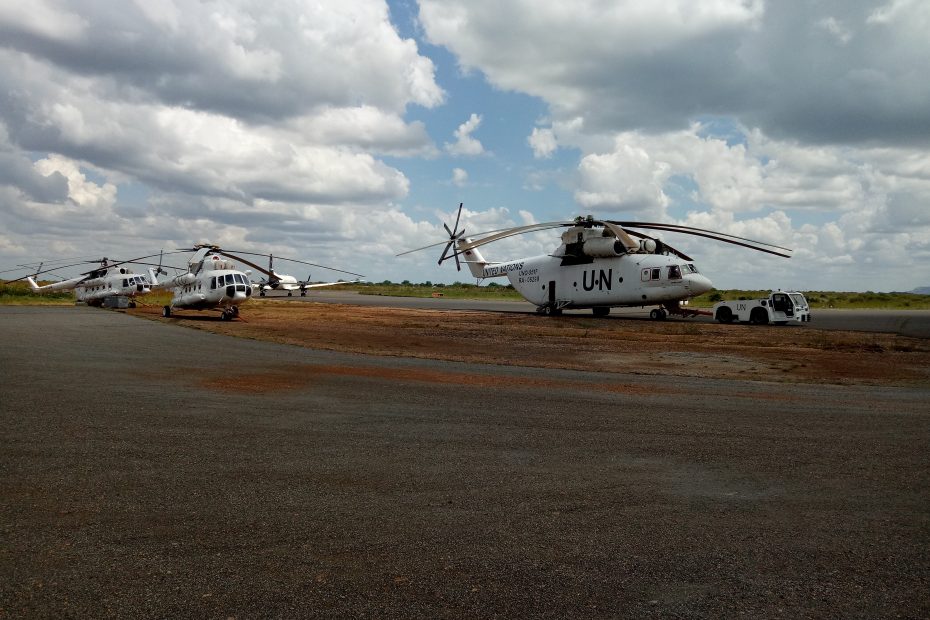Despite years of conflict and instability, the Republic of South Sudan possesses some of Africa’s most mesmerizing natural landscapes waiting to be explored. With swaths of savanna grasslands, tropical forests, wetlands, and mountains, South Sudan harbors exceptional biodiversity and opportunities for breathtaking adventures. Let’s discover some of the country’s enchanting natural wonders.
Table of Contents
Boma National Park
Established in 1986, Boma National Park protects one of the largest migrations of big game on the continent. Herds of elephants, giraffes, zebras, buffaloes, antelopes, and lions roam across the park’s grasslands and woodlands. As one of South Sudan’s most renowned parks, Boma offers fantastic wildlife viewing and birdwatching opportunities. Adventurous travelers can also partake in walking safaris to get up close with wildlife.
Bandingilo National Park
Bandingilo National Park safeguards an important elephant corridor between South Sudan and Ethiopia. The park features diverse landscapes, from savannas to woodlands to wetlands. This range of habitats supports an abundance of wildlife like giraffes, buffaloes, lions, leopards, and over 400 bird species. Outdoor enthusiasts will love exploring Bandingilo on foot and camping under the stars in the wilderness.
Southern National Park
Stretching along the border with Uganda and the Democratic Republic of Congo, Southern National Park protects 7,197 square kilometers of grasslands, woodlands, and swamps. Teeming with wildlife, the park provides opportunities to see elephants, giraffes, zebras, waterbucks, buffaloes, and antelope species. Birdwatchers will be delighted spotting shoebills, kingfishers, bee-eaters, and over 500 other bird species in the park.
Bangangai Game Reserve
Located near South Sudan’s border with the Central African Republic, Bangangai Game Reserve protects one of the last habitats of the endangered northern white rhino. Along with rhinos, Bangangai is home to elephants, buffaloes, lions, hippos, and antelope species like tiang and bongo. Safari tours take visitors through the reserve’s mixed terrain of woodlands, wetlands, and grasslands.
Lantoto National Park
Nestled in the foothills of the Dongotona Mountains, Lantoto National Park features a landscape of rolling hills, savannas, and woodlands. One of the park’s highlights is its breathtaking waterfalls and plunge pools perfect for swimming. Lantoto was also the first national park in South Sudan to be communally managed, with local communities helping protect the park’s resources.
Nimule National Park
Straddling the border between South Sudan and Uganda, Nimule National Park contains the dramatic rapids where the White Nile starts its long journey north. The park has stunning scenery, from lush riverine vegetation to savanna grasslands. Prolific wildlife inhabits the park, including elephants, giraffes, buffaloes, waterbucks, bushbucks, and sitatungas.
Sudd Wetlands
The Sudd Wetlands located in central South Sudan form one of the world’s largest inland delta regions. Fed by the White Nile River, the wetlands span over 30,000 square kilometers of marshes, swamps, and floodplains. The maze of waterways and vegetation supports tremendous numbers of migratory birds, making it a birdwatcher’s paradise. Local transport also includes fishing and boating through the wetlands.
Mountains
South Sudan’s mountains offer some of the country’s most spectacular scenery. The towering Imatong Mountains contain Africa’s highest peak, Mount Kinyeti, at 10,456 feet. With rugged ridges and forested slopes, the Imatongs provide super hiking opportunities. The smaller Dongotona Mountains also deliver enchanting vistas along with chances to spot wildlife like chimpanzees.
From wildlife safaris to trekking adventures, South Sudan deserves recognition for its wealth of natural beauty. Though the country still grapples with instability, its national parks and wilderness areas provide sanctuary for an astounding diversity of plants and animals. As safety and infrastructure improve, South Sudan’s exceptional landscapes should be on every traveler’s bucket list. Don’t miss out on the magic and wonder of this captivating country.
Conclusion
South Sudan remains an off-the-beaten path destination, but its outstanding natural environments offer intrepid travelers powerful experiences. The national parks protect some of Africa’s most precious ecosystems and wildlife, while showcasing the region’s gorgeous diversity. From the savanna grasslands to the winding swamps, South Sudan’s landscapes invoke a sense of beauty and wildness that stir the spirit. As the country progresses and reforms, its national parks and reserves deserve support to preserve their ecological riches for future generations. The time is now to discover South Sudan and become enchanted by its natural splendor.
FAQs
What is the best time to visit South Sudan?
The dry season from December to March is the ideal time to visit South Sudan for optimal wildlife viewing and travel conditions.
What vaccines are recommended for South Sudan?
The CDC recommends typhoid, hepatitis A, hepatitis B, yellow fever, rabies, meningitis, and routine vaccines for travel to South Sudan. Consult your doctor prior.
What wildlife can I see in South Sudan?
South Sudan is home to elephants, giraffes, zebras, buffaloes, antelopes, lions, leopards, chimpanzees, shoebill storks, and over 900 bird species.
Is it safe to travel to South Sudan?
Some regions of South Sudan can be unsafe due to conflict and instability. Check current travel advisories and go with guides for the safest experience.
What are the top things to do in South Sudan?
Top activities include wildlife safaris, birdwatching, hiking, camping, fishing, boating through wetlands, and exploring tribal villages.
